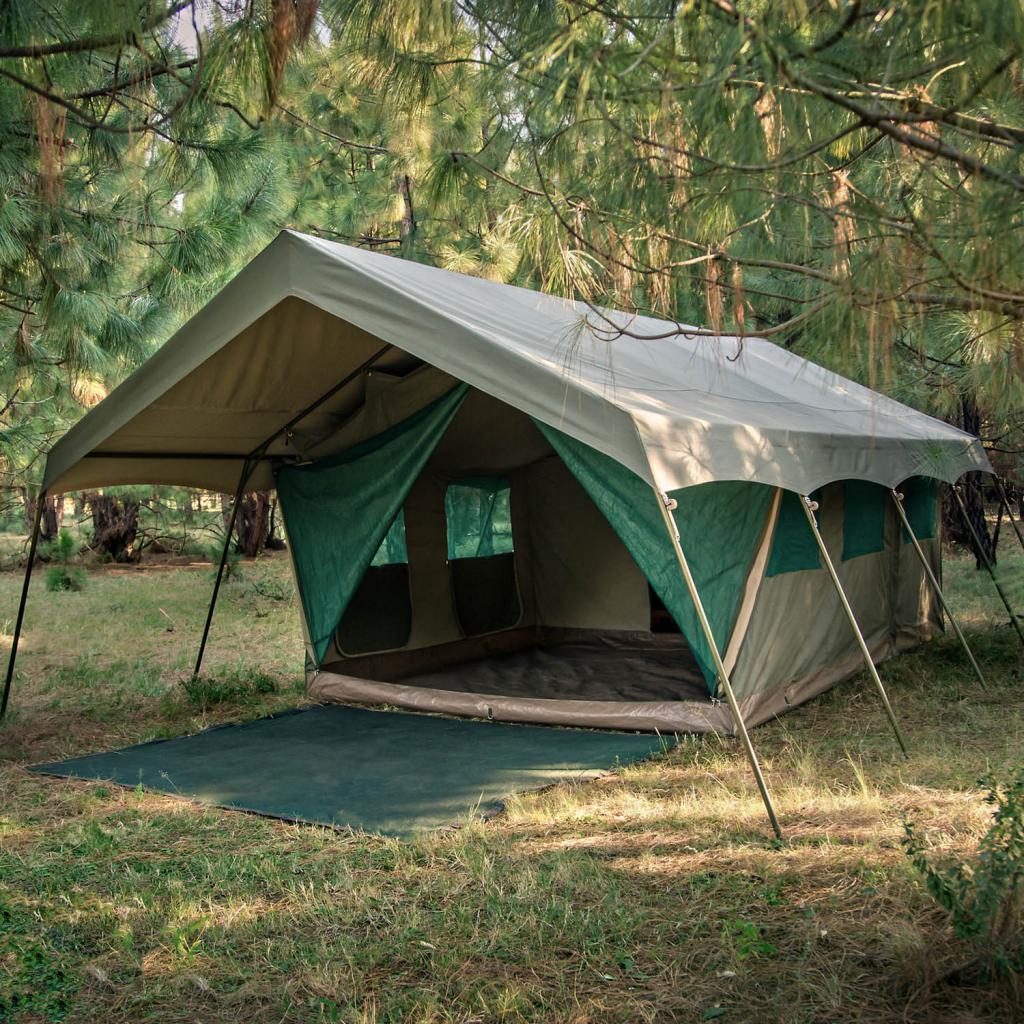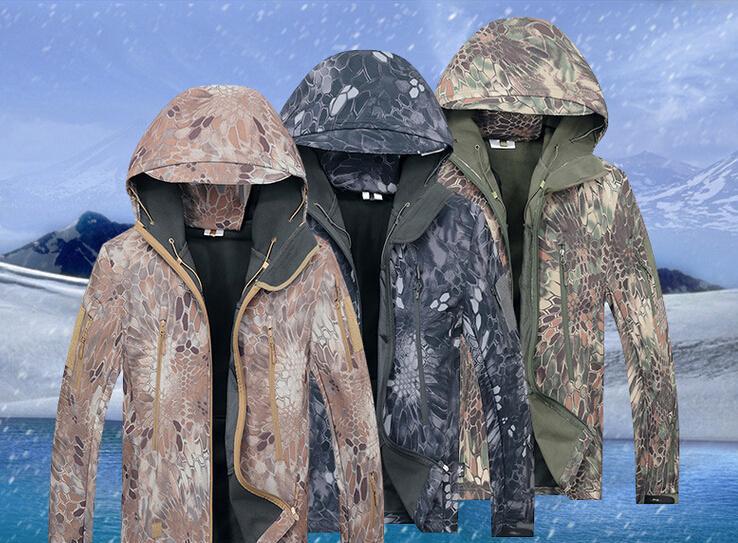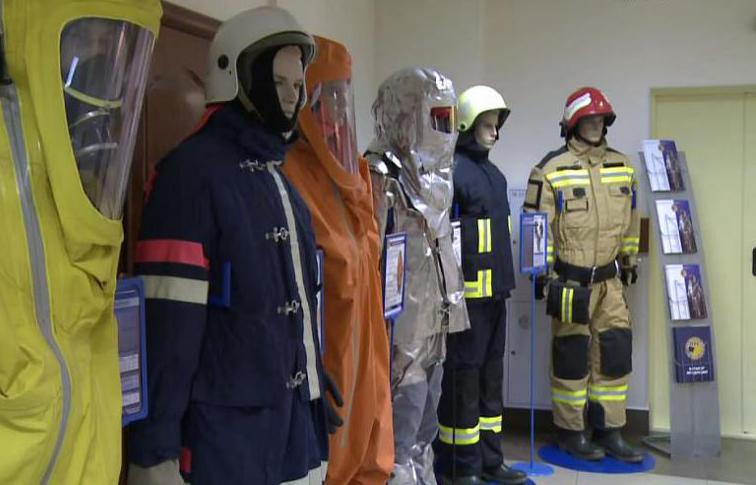They usually answer the question that this is a ripstop fabric, talking about durable matter. However, the name unites a whole category of very durable materials that are produced using a special technology. It comes from the English phrase (rip - break, stop - termination).
Manufacturing technology
Particular strength in ripstop fabrics is obtained by weaving reinforced threads into the main fabric . In fabrics made of cotton, synthetics, silk and other woven materials, they are introduced by crossing, crosswise, from 5 to 8 mm from each other.
The structure of this material uses a thread with hardened characteristics, which, as a rule, is made of polyester or nylon. The basis of the yarn in such a material can be any, both in thickness and density.
The ripstop texture is also very diverse. It can be pleasant to the touch, silky. And it can be tough, rough, emitting the sounds of creased paper.
This technology is designed to create a durable lattice and is aimed at preventing tearing of the material during punctures and cuts of a small volume. A closer look reveals that the pattern of the strands is reinforced in a cell or in a rhombic shape. Some manufacturers carry out the reinforcement of materials according to the type of honeycomb, which ripstop fabric is only beneficial, increasing its resistance to excessive external influences.
The properties
Due to the fact that fibers of any raw material can be used in the basis of ripstop fabric, its properties will also be different. The main general characterizing data of such materials are as follows:
- increased resistance to tearing;
- abrasion resistance;
- slight elongation;
- increased resistance to creasing;
- when using plain weave, ensuring air permeability;
- such fabrics do not shrink when wet.
Kinds
There are a large number of ripstop tissue modifications. Moreover, they can be of different densities, have a variety of thickness, texture, weight, and also have different strength characteristics. It is customary to divide ripstop into the following types:

- Ripstop fabric nylon. It has high water repellent qualities. It dries quickly after getting wet. It resists decay, the effects of microorganisms, chemicals and insects. As disadvantages, its low resistance to light exposure, as well as to high temperatures, is noted. Accumulates static electricity.
- Ripstop fabric polyester. Her characteristics are the same as those made of nylon, but she is distinguished by greater rigidity and weight.
- Ripstop ballistic fabric. This material is made using polyamide yarns. They have enhanced characteristics of rigidity and strength. The surface of such a fabric is moving. Some time ago, bulletproof vests were made from it.
- Ripstop fabric mixed. This is a material using cotton, silk or other natural fiber threads. Usually reinforced yarns in the composition of such a fabric with a polyester core, or trimmed with a cotton braid in order to prevent the negative effects of synthetics, as well as maintaining hygroscopicity and breathability.

Any of the above materials may be provided with further processing. This gives ripstop fabrics new qualities. So, the use of polyurethane provides high waterproof properties. Impregnating compounds are used that prevent exposure to open fire, as well as chemical active compounds. Processing leads to the fact that ripstop helps to preserve the integrity of the person dressed in it. Manufacturers usually describe additional features in accompanying documents.
Taking into account the purpose of the ripstop fabric, it can include a Kevlar thread to provide increased strength characteristics, para-aramid (refractory) fiber, as well as antistatic fibers to prevent the accumulation of static electricity.
The service life of ripstop (reinforced) tissues is large, usually not less than three years. At the same time, the material retains its positive qualities, as well as appearance.
The colors of these materials are very diverse. The most popular camouflage colors, as well as ripstop fabric "figure".
The disadvantages include their rather high cost.
Application
Especially strong ripstop material was developed thanks to the program, which provided for the creation of new models of military uniforms for NATO countries. And to date, the bulk of these materials are supplied to army structures and other power units.
Owing to the basic quality of these high-strength fabrics, these materials are used in areas where extreme operating conditions exist.
People who have had to try clothes made of this material under extreme conditions have only positive reviews about ripstop fabric.
The manufacture of special clothing that provides human protection must meet the requirements of hygiene, convenience and relative lightness. For such purposes, a mixed ripstop fabric is used. It has a high content of natural fibers, usually up to 60%, it hangs relatively little. Such materials are used for sewing summer and winter warmed jackets, suits and gowns for representatives of law enforcement agencies, police officers, as well as for hunters and fishermen. In the Ministry of Emergencies, ripstop fabric is used for the manufacture of protective clothing for all structural divisions.

For the manufacture of work clothes of fire departments, a fabric is used, into which para-aramid fiber is introduced (especially strong, resistant to fire). Such material is coated with refractory layers, Teflon or silicone. The threads of para-aramid are much stronger than steel and significantly lighter. These are elastic, stretchable and shape-restoring structures. They are not subject to burning and melting, so ripstop fabrics this inclusion gives a truly unique properties.
Product Repair
To carry out minor repair of ripstop fabric, a special reinforced tape is used, which is equipped with an adhesive base. Its purpose is to repair products from similar materials. Such tape is used to glue cuts and punctures with a diameter of not more than 5 cm (in case of minor damage). If they are larger, then usually the tape is glued on both sides, with additional firmware nylon thread.
Care
Ripstop fabrics are washed in automatic machines in the “synthetic wash” or “hand wash” modes. In this case, powder and liquid washable substances are used. If it becomes necessary to clean heavy contaminants, it is possible to use solvents, except those made on the basis of trichlorethylene.
Products made from ripstop fabric do not squeeze. They are hung up and allow water to drain. They do not require ironing, which makes it easy to care for.